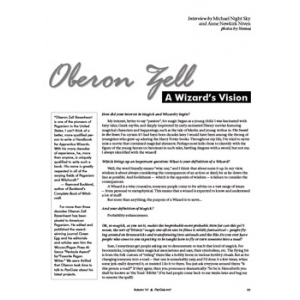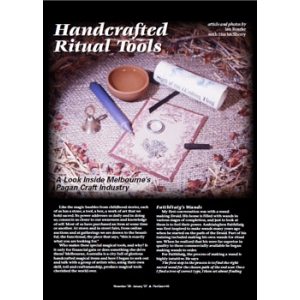
Book: Witch Brew by Mary Mazzer
The focus of my work is an investigation of the ritual of ornamentation. In both the fabrication and presentation of my work, I regard my assemblages as fetish objects, as autonomous art objects and an iconography of my subjective memory. By accepting the assemblages as fetish objects, I am referencing the ritual of ornamentation and creative invention married to the naive, primitive, and outsider art now being reinterpreted in the contemporary works of today.
The title of my thesis project is Witch's Brew, which I respond to as an apt metaphor highlighting the interwoven themes of my work. Witches are representative of outsiders as well as strong, feminine archetypes. The title also references
folklore and some fantastical elements. The idea of a witch's brew, a blend of disparate ingredients empowered through ritual or
ceremony to become a fortified amalgam, has similarities to my processes and my juxtapositions of various materials, which combine to exist as autonomous art objects.
I wanted to present myself with a set of similar problems to resolve in my work, namely responding to inexpensive craft materials, found, or raw materials and elevating them to a level of sensual completeness. I also wanted to develop an iconographic language referencing my personal narrative while engaging in a ritual of ornamentation. My objective is to make work about the casual, "good enough" attitude of where I am from. Much like the example of the stick in the shed door, I strive to make casual arrangements for my assemblages. Challenging my own preconceived and learned notion of aesthetic beauty, I am questioning whether or not an art object needs to be refined in order to reinforce beauty. In order for me to reference my upbringing in the weathered and desolated environment of northeast Ohio, I feel that I shouldn't force compositional balance or design. The "Rust Belt" attitude reflects the people's adaptation to bleak landscapes and a history of nagging misfortunes. Rather than being cynical or pessimistic, I have observed that overall people are simply practical. Without reason for high expectations, there is a pattern of minimal investment, justification, followed by acceptance. My father's reaction to the loss of the padlock followed this same pattern: the stick cost nothing and needed little alteration to be efficient, for the time being it took care of the problem, and over time it proved to be a sufficient solution. It was good enough. I feel that if there is a common aesthetic, than it must be related to this casual attitude, which relies on chance, flexibility, and practical expectations. In making my assemblages, I adopt this pattern by choosing generic craft materials or found materials and manipulating them only to the point of sufficiency. Very often I am composing freely and responding to materials quickly, unconcerned with what the final outcome will be. By not working the glitter, popsicle sticks, paint, or cardboard that I use in my pieces to refinement, I am allowing the materials to speak for themselves. In this way the assemblage seems fresh and ephemeral as there is always a tension and play between the materials. If I were to overwork the materials and mask their identity as craft supplies, I feel that the pieces would seem dishonest, or they would lose the tension that makes them interesting – they would not seem genuine.
In making work that illustrates, in a codified visual language, the attitudes and limitations of northeast Ohio, there is an escapist fantasy evident in my pieces. As part of the personal narrative, escapism becomes a theme – how isolation affects the imagination and creativity level of an artist. I recognized that there was a lot of freedom of invention amid desperation and limitations. The assemblages in my thesis show expand upon this idea of inside and outside worlds. Many of my pieces have a quality of fragility, vulnerability, playfulness, and ambiguity, which creates a conflicted sense of fantasy and escapism along with an awareness and resourcefulness within certain limitations.
In conclusion, Witch's Brew serves as a testament to my explorations in graduate school. I have realized that there is a way for me to work dimensionally in order to expand conceptually, with far more rewarding results. Working on and presenting this collection of assemblages has proved to be a
journey of self-discovery. I feel that the work I have made for my thesis show will provide me with a springboard for future projects. I plan on continually questioning my personal aesthetic and how it should reflect my personal history. The ebb and flow of the art world continues to influence me and I look forward to becoming a part of its dialogue, always evaluating the relevance of my own work within its great continuum. (Mary Mazzer)
Download Mary Mazzer's eBook: Witch BrewFree eBooks (Can Be Downloaded):
Marion Crawford - The Witch Of PragueEdward Hare - Bewitched And BotheredMarian Green - A Witch AloneMary Mazzer - Witch Brew








